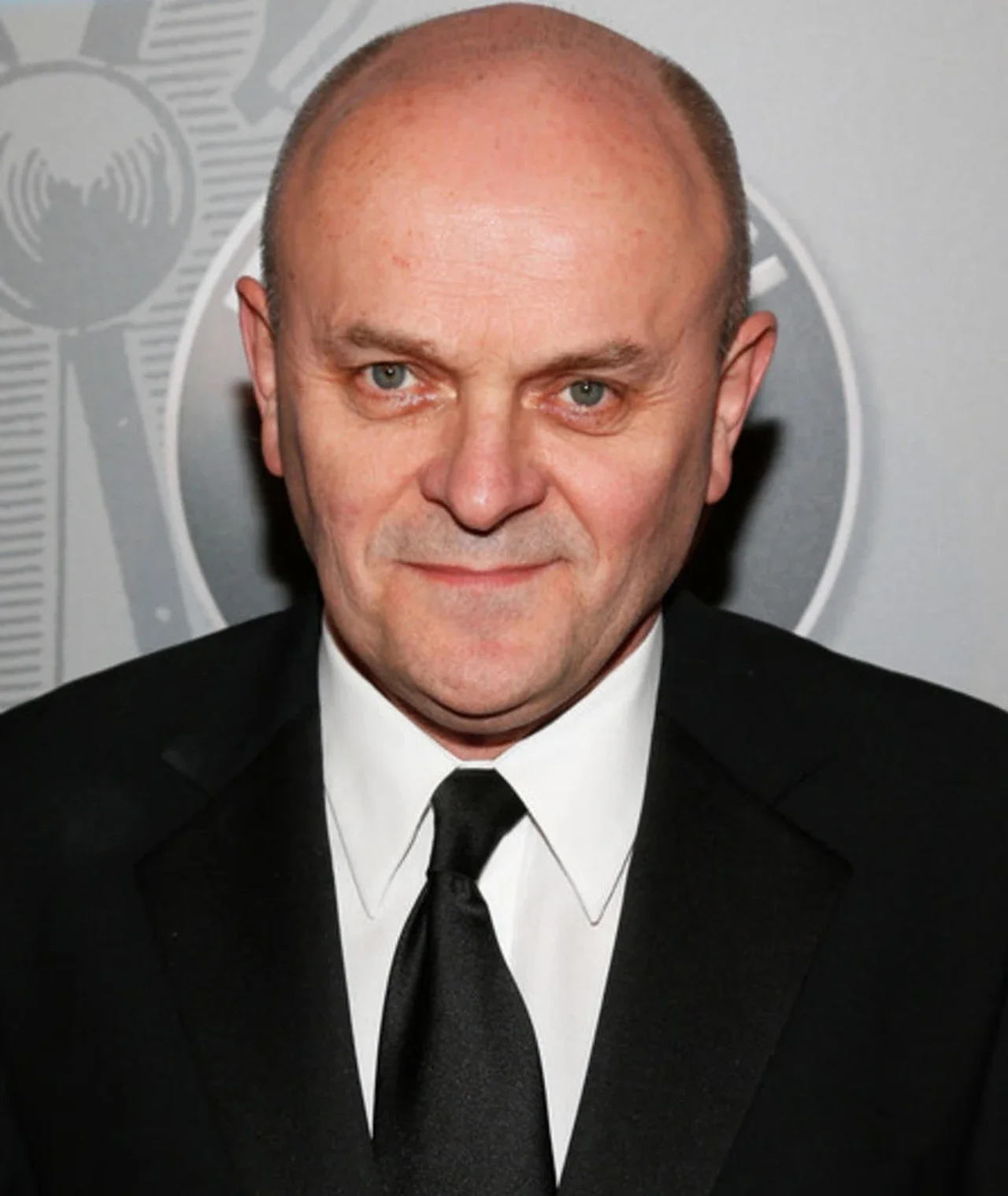'Downton Abbey: The Grand Finale' Production Designer Donal Woods Reflects on the Iconic Television Series
FilmSpeak discusses with production designer Donal Woods about saying goodbye to Downton Abbey with ‘The Grand Finale’
Is it hard saying goodbye to a show you’ve been working on for the better part of a decade? For production designer Donal Woods, who has worked on Downton Abbey from the very beginning, contributing to the final curtain call of Julian Fellowes’ television series, The Grand Finale, since the last movie, did feel a bit bittersweet, as he explains to FilmSpeak during a Zoom press day for the film. However, what surprised him the most about the series was its global appeal, which was something he never expected would happen:
“Ninety million Chinese watched the TV series. It’s had an appeal globally. There aren’t many things one does in life that have global appeal. You might appeal to your own country or elsewhere, but realizing that it's been such a success around the world has completely baffled me. I just do the design and the sets, but it's been a privilege. If we can contribute an hour a week or two hours in a movie theater to people's enjoyment, then that's what we're here for.”
As The Grand Finale tracks the Crawleys entering the 1930s, Woods explains that the thing about English aristocracy is how “they don’t change much, even with the Royal Ascot, as you saw in the film. That was 1930, six months after the crash in New York. There were still 70,000 people who attended the Royal Ascot. Life goes on, and people try to make the best of it. The Crawleys were experiencing financial difficulties, and like many of the houses featured in the film. I think there's a genuine warmth to people having difficulty in whatever strata of society they live in, and I think that's why people have a feeling and affection for them.”
Speaking of the Royal Ascot, this was the movie’s biggest challenge for the production design department, as Woods explains:
“Royal Ascot is a huge, modern building now, so we weren't going to be filming there. It became our search to find an alternative. We started that in the fall of 2023 because we knew we would be filming right in the middle of the racing season, in June and July. Finding one that was free for eight days and could be filmed on, without a wedding or conference, proved quite difficult. Eventually, we ended up at a rather beautiful, small place. We didn’t want CGI. You want to find a race course that features some period buildings and wasn't all computer-generated. We found a lovely racecourse up in Yorkshire, not far from where the mythical Downton Abbey is supposed to be set. They were delightful, and we had just enough time to get in, build the royal enclosure, which we physically constructed, shoot it, and get out before the next race meeting happened”
Going back to Highclere Castle for the last time proved very emotional for the crew, and a lot of tears were shed in all departments throughout the shoot. Reflecting on this legendary location and realizing that this will be the last time all of the cast and crew would be in Downton Abbey itself, Woods tells us that “it was pretty emotional for a lot of people going back for the last time. Most of us probably took it for granted over the last many years. To suddenly think, “Oh, I'm not going to come up this driveway again. I'm not going to walk into those doors or sit in that dining room again.” was very emotional and brought a few tears for all of us.”
Of course, who can’t forget paying tribute to Dame Maggie Smith, with a portrait of Violet Crawley in the middle of Downton Abbey, immortalized in its walls forever. As Woods states, “Who would argue that she shouldn't be there? I mean, she demands to be there. As everybody said, this film was a homage to her. She really died after we finished the film. She was a fantastic actor in any generation, and watching her act and perform was a privilege. To get this film to be part of a final offering, it was quite something.”
As he reflects on the past fifteen years where he contributed on the series, both in film and television, Woods explains that the most rewarding aspect for him as a production designer was “when the first movie was planned, a lot of people didn't know whether they'd leave their houses and go to the cinema to watch this film.
It was obviously quite an investment to make a film. Some of those TV-to-movie projects have failed. Who knew it was going to take that much money at the box office, and who knew that millions of people would come and see it? Sometimes, you can't guess these things. So that's been the reward, I think, over the years, is that people have followed it out of their houses, gone to the cinema and carried on watching it in a new venue. That’s a testament to Julian's writing, and a tribute to, perhaps, all of us that we've upped our game when the movies have come along.”



